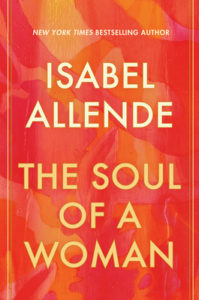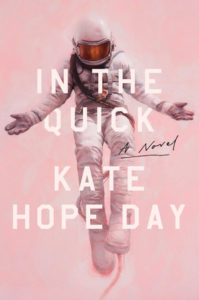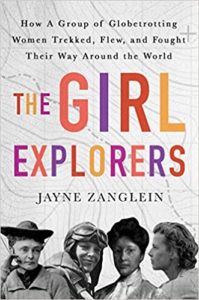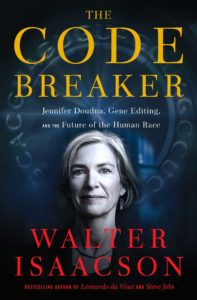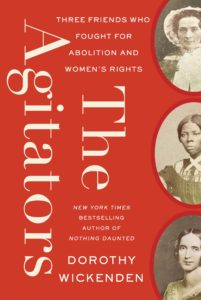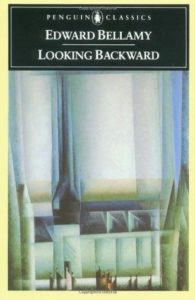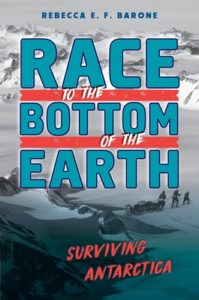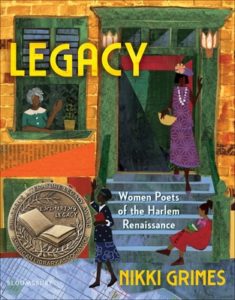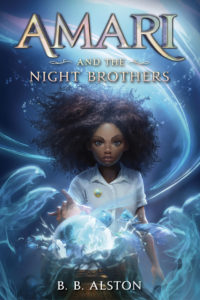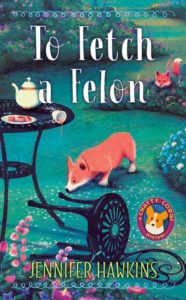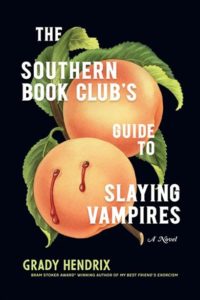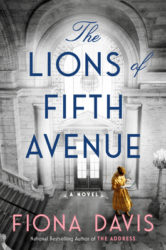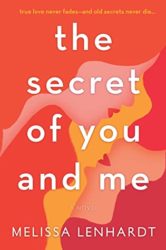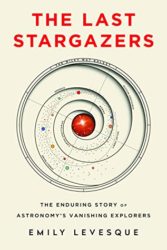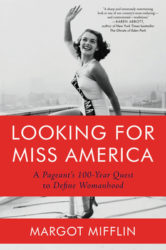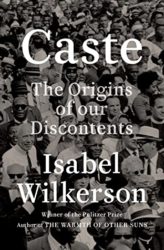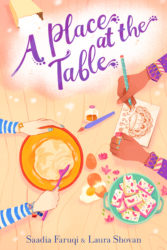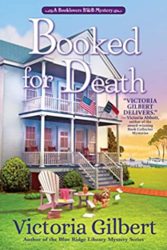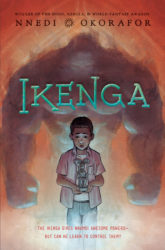
It’s time once again to take a peek at the TBR and a few books I’m especially excited about in the next month. Publication dates are as listed in February 2021 and are subject to change.
The Soul of a Woman by Isabel Allende
(March 2)
As a young woman coming of age in the late 1960s, she rode the second wave of feminism. Among a tribe of like-minded female journalists, Allende for the first time felt comfortable in her own skin, as they wrote “with a knife between our teeth” about women’s issues. She has seen what the movement has accomplished in the course of her lifetime. And over the course of three passionate marriages, she has learned how to grow as a woman while having a partner, when to step away, and the rewards of embracing one’s sexuality.
Women in White Coats: How the First Women Doctors Changed the World of Medicine by Olivia Campbell
(March 2)
Motivated by personal loss and frustration over inadequate medical care, Elizabeth Blackwell, Elizabeth Garrett Anderson and Sophia Jex-Blake fought for a woman’s place in the male-dominated medical field. For the first time ever, Women in White Coats tells the complete history of these three pioneering women who, despite countless obstacles, earned medical degrees and paved the way for other women to do the same. Though very different in personality and circumstance, together these women built women-run hospitals and teaching colleges—creating for the first time medical care for women by women.
In the Quick by Kate Hope Day
(March 2)
June is a brilliant but difficult girl with a gift for mechanical invention, who leaves home to begin a grueling astronaut training program. Six years later, she has gained a coveted post as an engineer on a space station, but is haunted by the mystery of Inquiry, a revolutionary spacecraft powered by her beloved late uncle’s fuel cells. The spacecraft went missing when June was twelve years old, and while the rest of the world has forgotten them, June alone has evidence that makes her believe the crew is still alive.
She seeks out James, her uncle’s former protégée, also brilliant, also difficult, who has been trying to discover why Inquiry’s fuel cells failed. James and June forge an intense intellectual bond that becomes an electric attraction. But the love that develops between them as they work to solve the fuel cell’s fatal flaw threatens to destroy everything they’ve worked so hard to create–and any chance of bringing the Inquiry crew home alive.
I Think I Love You by Auriane Desombre
(March 2)
Emma is a die-hard romantic. She loves a meet-cute Netflix movie, her pet, Lady Catulet, and dreaming up the Gay Rom Com of her heart for the film festival competition she and her friends are entering. If only they’d listen to her ideas. . .
Sophia is pragmatic. She’s big into boycotts, namely 1) relationships, 2) teen boys and their BO (reason #2347683 she’s a lesbian), and 3) Emma’s nauseating ideas. Forget starry-eyed romance, Sophia knows what will win: an artistic film with a message.
Cue the drama. The movie is doomed before they even start shooting . . . until a real-life plot twist unfolds behind the camera when Emma and Sophia start seeing each other through a different lens. Suddenly their rivalry is starting to feel like an actual rom-com.
The Lost Apothecary by Sarah Penner
(March 2)
One cold February evening in 1791, at the back of a dark London alley in a hidden apothecary shop, Nella awaits her newest customer. Once a respected healer, Nella now uses her knowledge for a darker purpose—selling well-disguised poisons to desperate women who would kill to be free of the men in their lives. But when her new patron turns out to be a precocious twelve-year-old named Eliza Fanning, an unexpected friendship sets in motion a string of events that jeopardizes Nella’s world and threatens to expose the many women whose names are written in her register.
In present-day London, aspiring historian Caroline Parcewell spends her tenth wedding anniversary alone, reeling from the discovery of her husband’s infidelity. When she finds an old apothecary vial near the river Thames, she can’t resist investigating, only to realize she’s found a link to the unsolved “apothecary murders” that haunted London over two centuries ago. As she deepens her search, Caroline’s life collides with Nella’s and Eliza’s in a stunning twist of fate—and not everyone will survive.
Burning Girls and Other Stories by Veronica Schanoes
(March 2)
Emma Goldman–yes, that Emma Goldman–takes tea with the Baba Yaga and truths unfold inside of exquisitely crafted lies. In Among the Thorns, a young woman in seventeenth century Germany is intent on avenging the brutal murder of her peddler father, but discovers that vengeance may consume all that it touches. In the showstopping, awards finalist title story, Burning Girls, Schanoes invests the immigrant narrative with a fearsome fairytale quality that tells a story about America we may not want–but need–to hear.
The Girl Explorers by Jayne E. Zanglein
(March 2)
In 1932, Roy Chapman Andrews, president of the men-only Explorers Club, boldly stated to hundreds of female students at Barnard College that “women are not adapted to exploration,” and that women and exploration do not mix. He obviously didn’t know a thing about either…
Follow in the footsteps of these rebellious women as they travel the globe in search of new species, widen the understanding of hidden cultures, and break records in spades. For these women dared to go where no woman―or man―had gone before, achieving the unthinkable and breaking through barriers to allow future generations to carry on their important and inspiring work.
The Code Breaker: Jennifer Doudna, Gene Editing, and the Future of the Human Race by Walter Isaacson
(March 9)
When Jennifer Doudna was in sixth grade, she came home one day to find that her dad had left a paperback titled The Double Helix on her bed. She put it aside, thinking it was one of those detective tales she loved. When she read it on a rainy Saturday, she discovered she was right, in a way. As she sped through the pages, she became enthralled by the intense drama behind the competition to discover the code of life. Even though her high school counselor told her girls didn’t become scientists, she decided she would.
Driven by a passion to understand how nature works and to turn discoveries into inventions, she would help to make what the book’s author, James Watson, told her was the most important biological advance since his co-discovery of the structure of DNA. She and her collaborators turned a curiosity of nature into an invention that will transform the human race: an easy-to-use tool that can edit DNA. Known as CRISPR, it opened a brave new world of medical miracles and moral questions.
The Agitators: Three Friends Who Worked Together on the Underground Railroad, Fought for Women’s Rights, and Helped Change the Course of the Civil War by Dorothy Wickenden
(March 30)
In Auburn, New York, in the mid-nineteenth century, Martha Wright and Frances Seward, inspired by Harriet Tubman’s slave rescues in the dangerous territory of Eastern Maryland, opened their basement kitchens as stations on the Underground Railroad.
Tubman was an illiterate fugitive slave, Wright was a middle-class Quaker mother of seven, and Seward was the aristocratic wife and moral conscience of her husband, William H. Seward, who served as Lincoln’s Secretary of State. All three refused to abide by laws that denied them the rights granted to white men, and they supported each other as they worked to overturn slavery and achieve full citizenship for blacks and women.
Sister Sleuths: Female Detectives in Britain by Nell Darby
(March 31)
The 1857 Divorce Act paved the way for a new career for women: that of the private detective. To divorce, you needed proof of adultery – and men soon realised that women were adept at infiltrating households and befriending wives, learning secrets and finding evidence. Whereas previously, women had been informal snoops within their communities, now they were getting paid for it, toeing a fine line between offering a useful service and betraying members of their sex for money.
